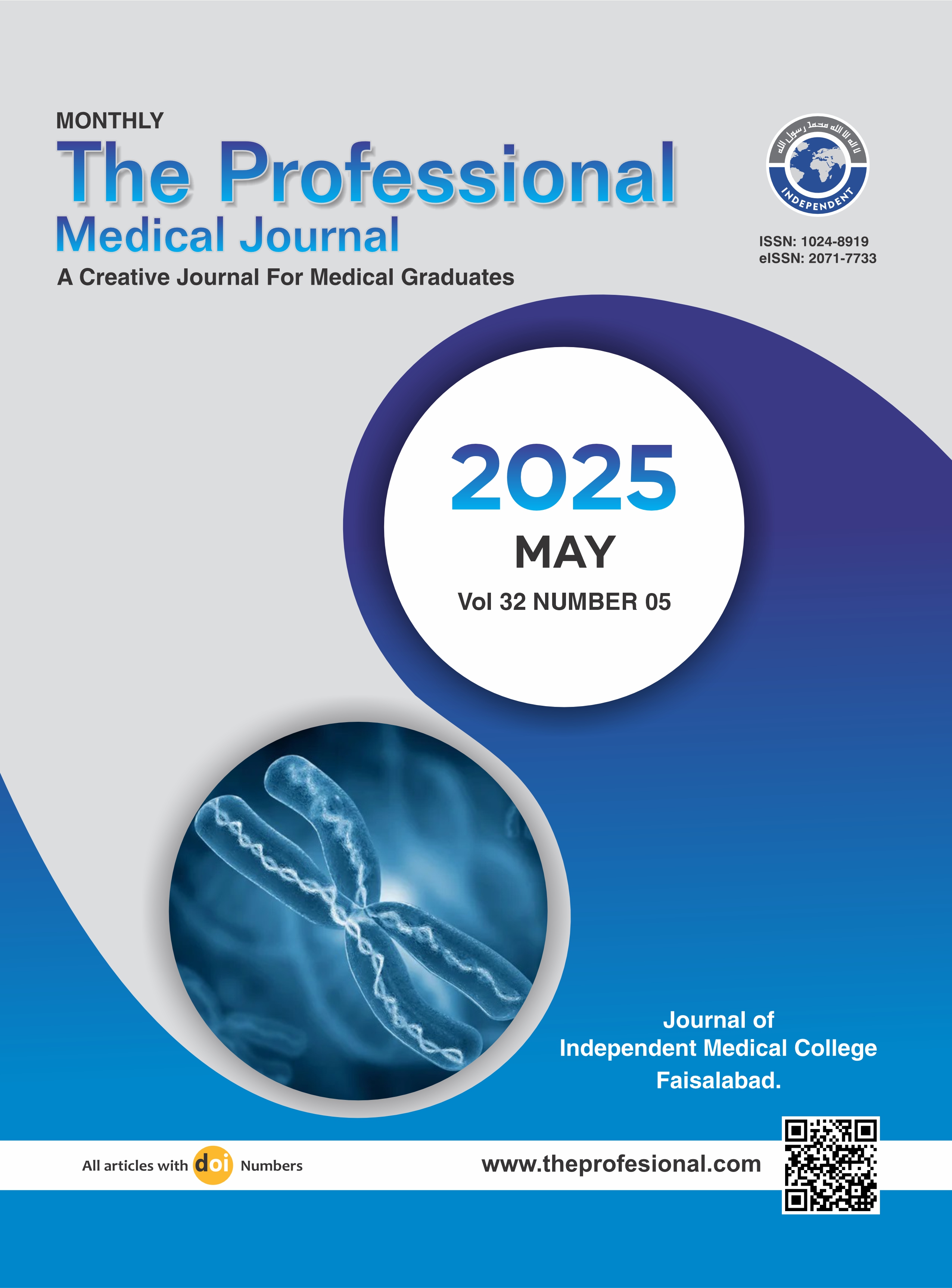Role of shock index and pediatric age adjusted shock index as a predictor of mortality and morbidity in patients admitted at PICU.
DOI:
https://doi.org/10.29309/TPMJ/2025.32.05.8853Keywords:
Inotropes, Mechanical Ventilation, Mortality, Sepsis, Shock IndexAbstract
Objective: To determine shock index (SI), and Pediatric age adjusted shock index (SIPA), and their role in predicting mortality and morbidity in patient admitted in Pediatric Intensive Care Unit (PICI) of a tertiary care hospital of Karachi, Pakistan. Study Design: Cross-sectional study. Setting: PICU of National Institute of Child Health, Karachi, Pakistan. Period: May 2024 to November 2024. Methods: A total of 155 children of any gender, aged between 1-14 years, and admitted to PICU were analyzed. SI, and SIPA were assessed with respect to indicators like need for mechanical ventilation (MV), and inotropic agents, need of blood transfusion within 24 hours, and duration of PICU stay. In-hospital mortality was also documented. Results: In a total of 155 children, the mean age was 7.18±3.71 years, while 78 (50.3%) were boys. The most common presenting complaints included difficulty breathing, and fever, in 49 (31.6%), and 48 (31.0%) children, respectively. Mechanical ventilation was required more frequently in children with abnormal SIPA scores (p=0.004). The need for inotropic support also showed significant association with abnormal SIPA scores (p=0.003). Children with abnormal SIPA scores had significantly longer PICU stays (p=0.013). Mortality rates were significantly higher among children with abnormal SI scores (p=0.026), and abnormal SIPA scores (p=0.003). Conclusion: This study underscores the clinical utility of SIPA as a reliable predictor of adverse outcomes in critically ill pediatric patients. Compared to SI, SIPA demonstrated superior predictive strength for key morbidity indicators, including mechanical ventilation, inotropic support, extended PICU stay, and mortality.
Downloads
Published
Issue
Section
License
Copyright (c) 2025 The Professional Medical Journal

This work is licensed under a Creative Commons Attribution-NonCommercial 4.0 International License.


